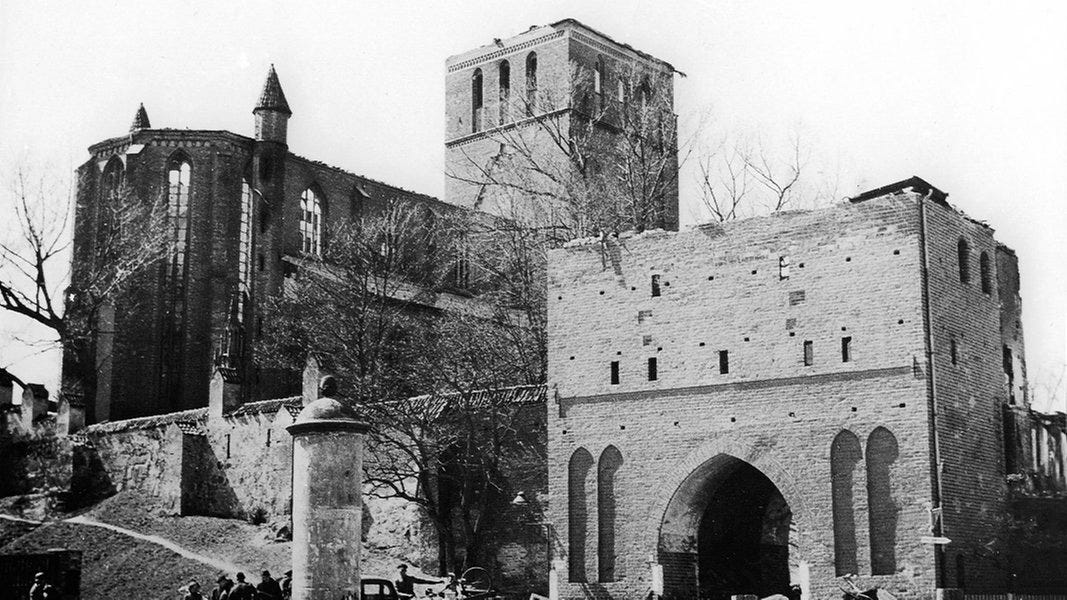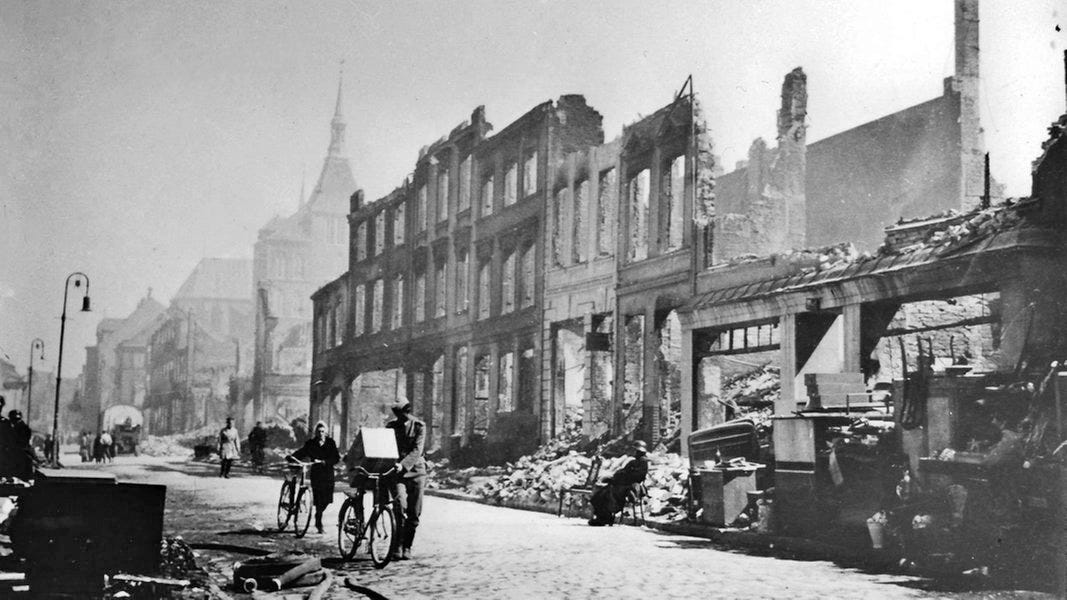Rostock burns in second 'area bombing'
23rd April 1942: RAF Bomber Command continues to develop area bombing - designed to destroy whole cities and shock Germany into ending the war
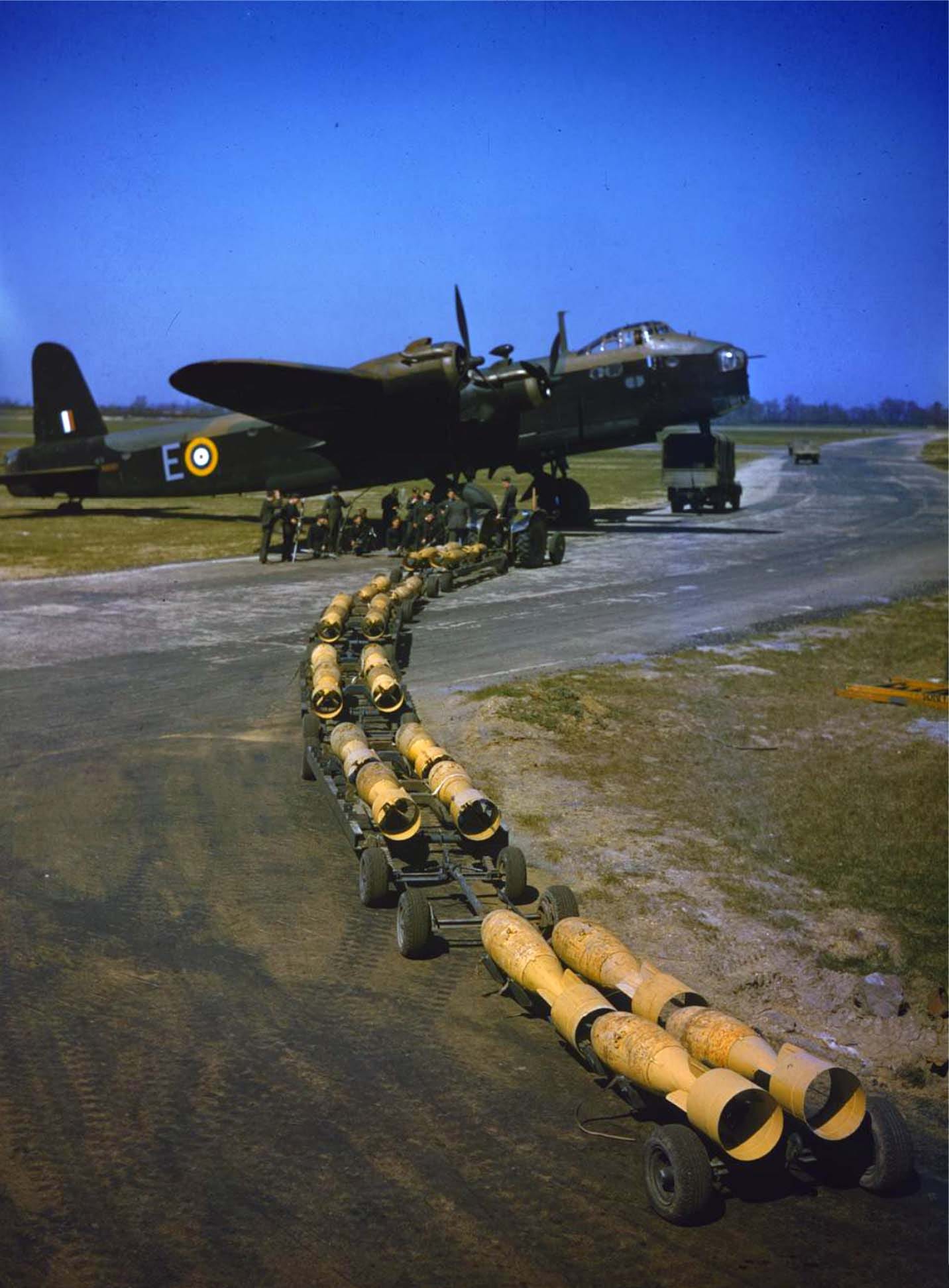
After nearly obliterating Lubeck in March the head of RAF Bomber Command, Air Marshal Arthur ‘Bomber’ Harris was looking for another city where he could demonstrate the power of ‘area bombing’.
The city of Rostock was another easily located medieval town with lots of wooden buildings that would burn easily, with an aircraft factory on the outskirts of the city that would be targeted at the same time.
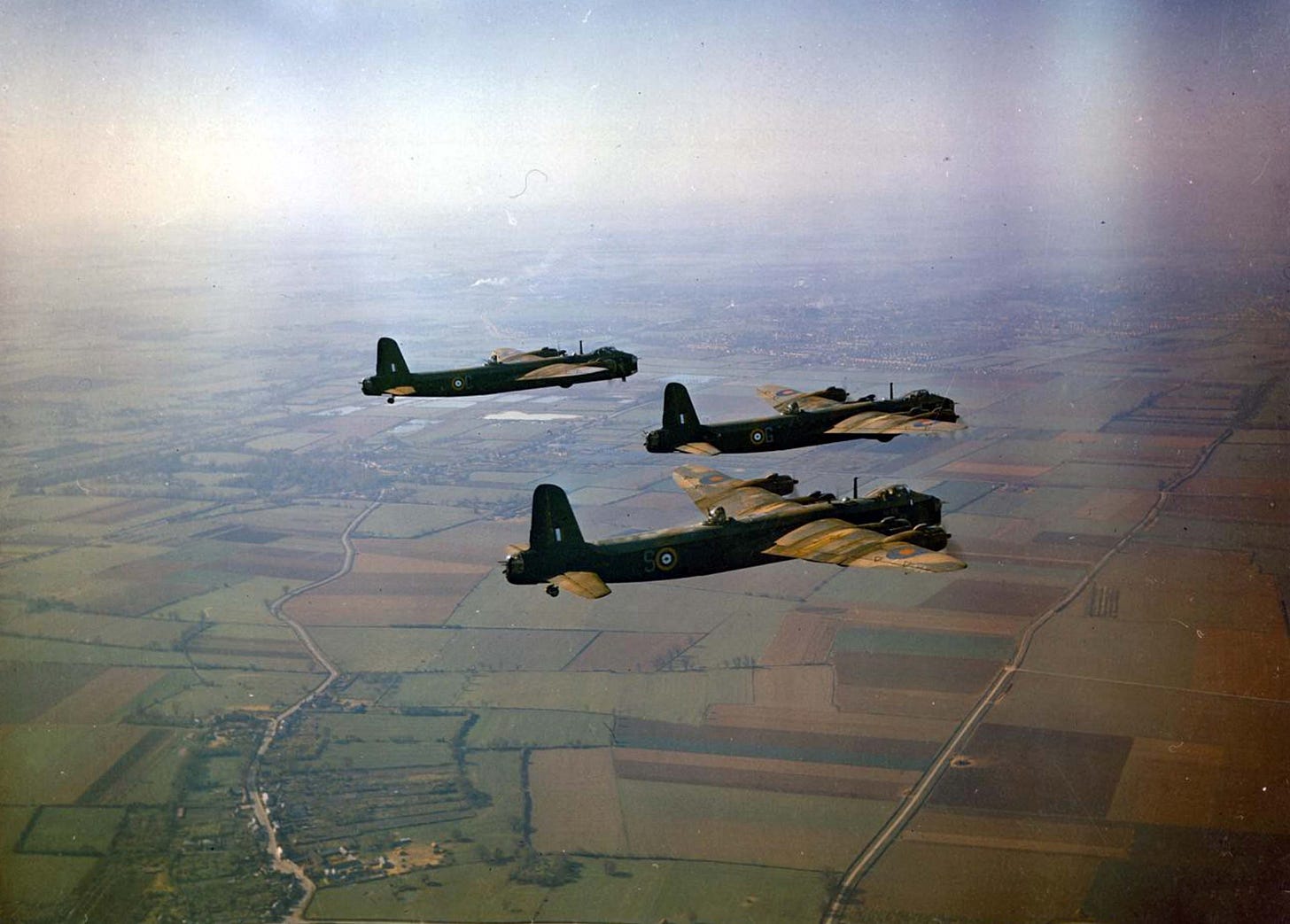
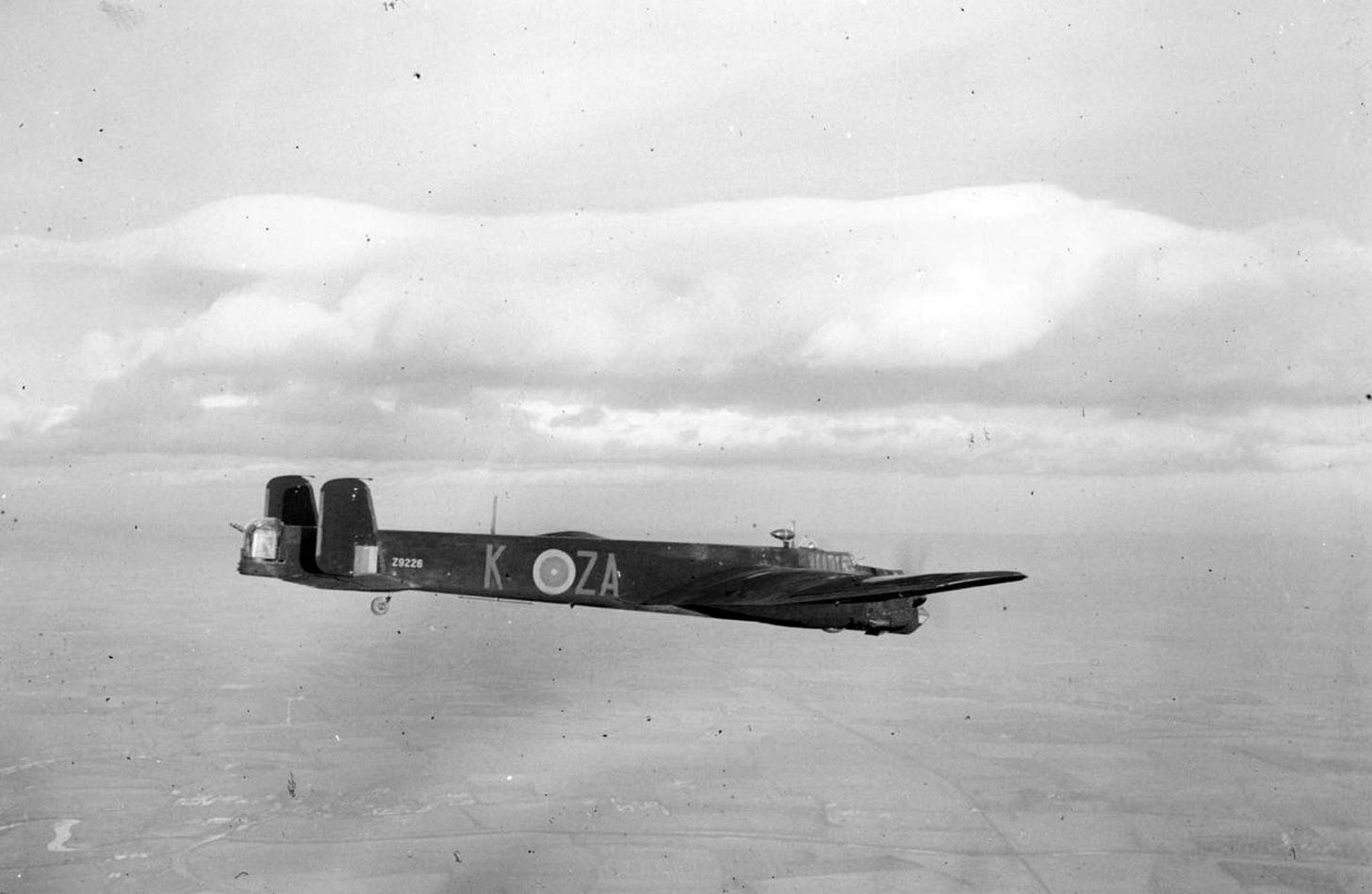
IH Davies was a Whitley bomber pilot from 51 Squadron1:
On the 23rd April 1942 we were briefed for a 'fire blitz' on Rostock; we were told that the town was to be burned to the ground and that we should keep on going back until the job was finished. (In fact it took four nights and we were on the first and third).
Rostock was a city built like a pair of spectacles: the old town to the East and the new town to the West. Because the lighter coloured buildings were in the new town and more easily seen, they were pasted on the first and second nights with relatively little damage to the old town.
In our bomb dump we had a number of 2501b incendiaries which we were not then permitted to use because they were said to give-off noxious phosphorous fumes and the powers that be were afraid that we would be accused of using poisonous gas and face retaliation.
But by then the German Air Force was, more or less, beyond giving trouble and my CO, Wing Commander Percy Pickard (one of the few outstanding bomber leaders of the war) asked for permission to arm a couple of aircraft with 250 pounders to mark the target.
Up until then we had used flares, but these were often shot down by the enemy light flak. Permission was received and my aircraft and Pilot Officer Lambert's were sent off first with two incendiaries to mark the old town.
It is now history that the third and fourth nights finished the job (there was no need to mark on the fourth night).
207 Squadron, recently equipped with Lancaster bombers, were sent to target the Heinkel factory. Flying Officer John Wooldridge later recalled that they could see the fires burning from 100 miles away:
It was an amazing sight. There hardly seemed to be any part of the town that was not burning. We dropped down to 5,000 feet and skimmed across the factory. Lurid coloured shells seemed to be whizzing past in every direction. A building went past underneath, blazing violently.
Then the nose of the Lancaster reared upwards as the heavy bomb load was released. Even from 5,000 feet there was a clearly audible 'whoomph' as our heaviest bomb burst. As we turned to look, we saw debris flying high into the air.
'Look out, pilot,' shouted the navigator, as another stream of tracer shells shot up past the wing tips and we turned away to have a look at the target.
All over the place, blocks of buildings were burning furiously, throwing up columns of smoke 3,000 feet into the sky. We lost height to about 1,000 feet and then flew across the southern part of the town, giving several good bursts of machine-gun fire.
Sticks of bombs and incendiaries were crashing down everywhere and we certainly took our hats off to those anti-aircraft gunners. They continued firing even when their guns seemed to be completely surrounded by burning buildings.
The last we saw of Rostock was from many miles away. We turned round and took a last look at the bright red glow on the horizon, then turned back towards England, very well satisfied with our first raid in our Lancaster.

These two accounts appear in RAF Bomber Command: Reflections of War, Vol. 1: Cover of Darkness, 1939-May 1942 together with other perspectives on the four raids on Rostock. This five volume series from Martin W. Bowman is a complete history of Bomber Command with numerous first hand accounts from bomber air crew, tracing the evolution RAF bomber strategy and tactics raid by raid. An excellent overview of the bomber war for those interested in the experiences of those who took part.



